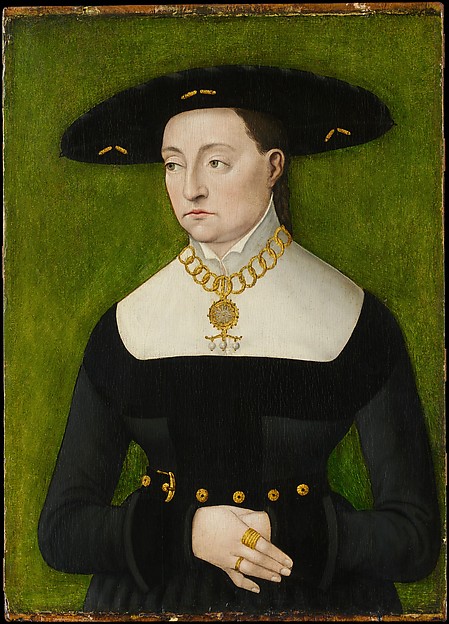Mitä 1780-luvun suomalaisella palvelustytöllä oli yllään?
1. osa: alusvaatteet
What did a 1780's Finnish maid wear?
Part 1: undergarments
Inspiraatio
The inspiration
Viime
syksystä asti olen pyöritellyt toden teolla päässäni uutta 1700-luvun
lopulle sijoittuvaa ompeluprojektia. Projekti perustuu vuonna 1995
julkaistuun paperinukkeen, jonka sisältämät puvut pohjautuvat pääosin
Turun museokeskuksen (julkaisuaikana Turun maakuntamuseo) kokoelmiin.
Paketissa on kaksi hahmoa: kustavilaisen ajan säätyläisrouva ja
palvelustyttö. Ensin mainitulla on useampikin asukokonaisuus - kuten
arvata saattaa. Palvelustytöllä vain yksi. Jos onni suo, niin ehkäpä
pystyn tulevaisuudessa esittelemään kyseistä paperinukkea hieman
tarkemmin.
 |
| 1700-luvun aluspaita ulottui usein vain puolisääreen. An 18th century chemice usually reached around the mid shin. |
1700-luvun lopun aluspaita
Late 18th century smock or chemise
1700-luvun
aluspaidat valmistettiin aiempien vuosisatojen tapaa usein pellavasta.
Puuvillasta valmistettuja aluspaitoja alkoi ilmaantua vasta vuosisadan
lopulla. Paidat leikattiin yhä keskiajalta tuttuun tapaan suorakaiteita,
nelikulmioita ja kolmiokiiloja yhdistelemällä. Joitakin vivahde-eroja
kuitenkin oli: esimerkiksi hihat lyhenivät ensin 1600-luvulla ranteesta
kyynärpäähän. 1700-luvun lopulla hihat kapenivat ja lyhenivät vielä
entisestään.
Paidan omistajan
sosioekonominen asema vaikutti käytettävissä olevan kankaan laatuun:
vaikka säätyläisrouvillakin oli varaa teettää paitoja arvokkaasta
hollanninpalttinasta, saattoivat hekin käyttää kotikutoisesta kankaasta
valmistettuja paitoja arkipukiminaan.
 | |
| Räätälimestari Sieur Garsaltin kirjasta L'Art de la lingère, vuodelta 1771. Teos esittelee ranskalaisen (B) ja kaksi englantilaista leikkaustapaa (A ja C). Master tailor Sieur Garsalts book L'Art de la lingère from 1771. The books shows a French (B) and two English (A and C) ways to cut the smock. http://gallica.bnf.fr/ark:/12148/btv1b7200315v/f72.item.zoom |
Linen
was probably the most common material for 18th century smocks as it had
been in the previous centuries. Cotton smocks appear first during the
end of the century. The smocks were cut and pieced from squares and
triangular gores, as they had been ever since the middle ages. The
changes were quite small: for example, during the 17th century the
sleeves became shorter, rising from the wrists to the elbows. During the
end of the 18th century the sleeves became narrower and even shorter.
Palvelustytön arkinen aluspaita
Serving girls everyday smock
Palvelijattaren
aluspaita on leikattu englantilaiseen tapaan, joka vaikuttaa suositulta
vuosisadan lopun Suomessa. Sen yläosa on keskipaksua valkoista
pellavapalttinaa ja alaosa karkeampaa valkaisematonta pellavaa. Kaikki
on ommeltu käsin pellavalangalla.
The maid's smock is
cut in the English way, which appears to be the preferred way in late
18th century Finland. The top is made of mid weight white plainwoven
linen and the lower part is made of a coarser unbleached linen.
Everything is hand-sewn with linen thread.
 |
| Aluspaidan englantilainen leikkaus. The English cut of the smock. |
 |
| Helman oikea puoli on leikattu viistoon... The right side of the hem is cut on bias... |
 |
| ... ja vasenta puolta täydentää kolmion muotoinen kiila - aivan kuten Garsaultin kirjassa! ... and the left side is completed with a triangular gore - just like in Garsault's book! |
 |
| Kainalokiila ja ei niin siistit katesaumat. Ensi kerralla siistimmin.... The armpit gore and the not so neat felled seams. I'll try to do better next time... |
Pellava-alushame
The linen Petticoat
Alushameen kangas jäljittelee pehmeäksi käytössä kulunutta valkaisematonta rohdinpellavaa.
The linen fabric of the petticoat imitates the linens woven from flax tow and softened by regular use and washing.
 |
| 1700-luvun palvelustytön alushame. 18th century servan girls petticoat. |
 |
| Alushame puetaan seuraavasti: ensin takaosan vyötärönauha sidotaan eteen... The petticoat is dressed like this: first the ribbons of the back piece are tied at the waist... |
 |
| ... lopuksi etuosa kiinnitetään samaan tapaan nauhoilla solmimalla. ...lastly, the front side is attached with the ribbon in a similar fashion. |
 |
| Ja voilà: aluskerrokset on puettu! And voilà: the undergarments are on! |
PS. Pääasiat ansaitsevat aivan oman juttunsa. Lisää on tulossa!
PS. The headwear deserves a posting of it's own. Stay tuned for more!














